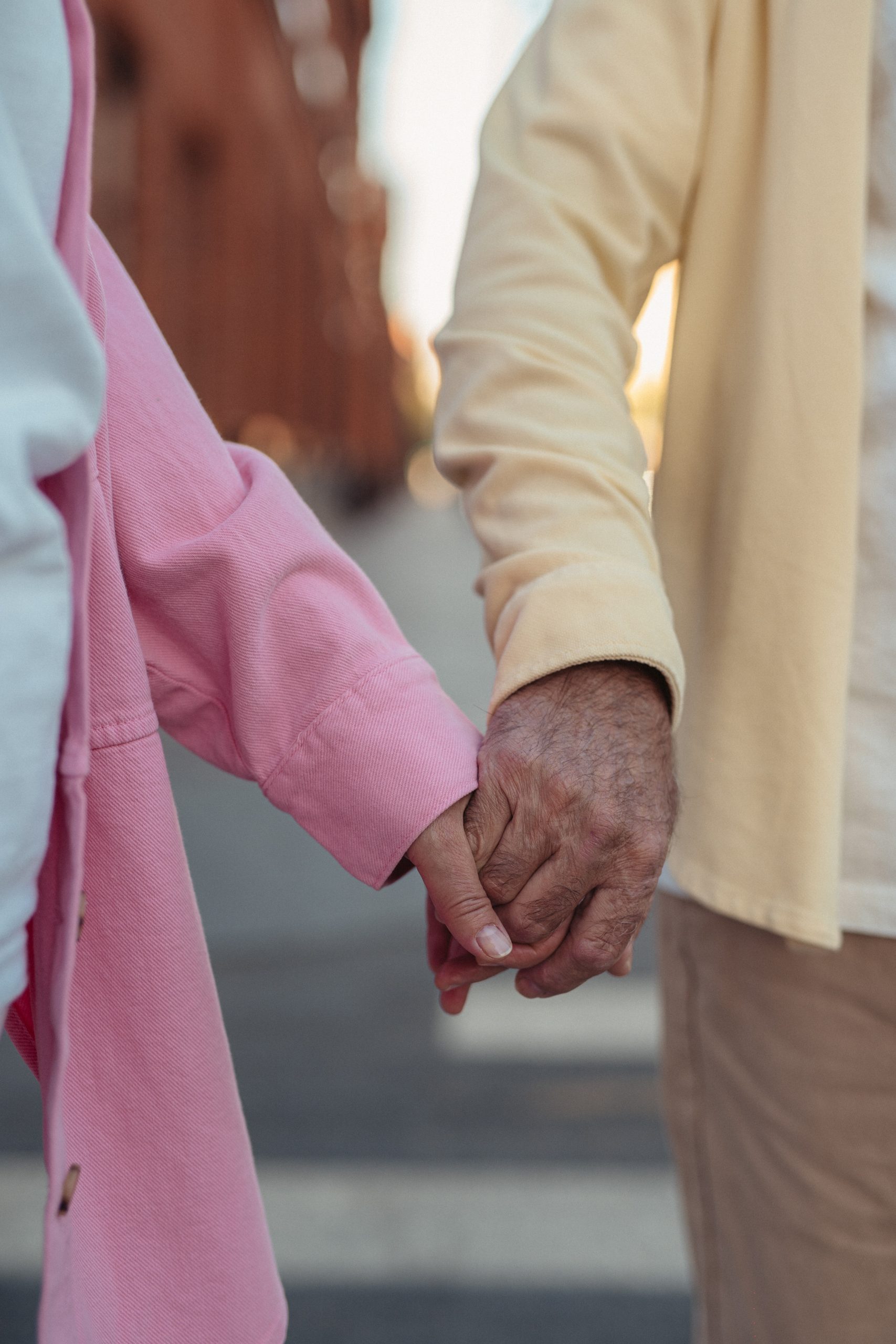The Importance of Fall Prevention in Senior Care Facilities

The image is not directly related to the article. It merely symbolizes the life of elderly people.
As we age, our bodies go through various changes that can make us more susceptible to falls. In fact, falls are the leading cause of injury among older adults, with one in four seniors experiencing a fall each year. This is why fall prevention is crucial in senior care facilities to ensure the safety and well-being of residents.
There are several factors that contribute to the increased risk of falls in seniors, including age-related muscle weakness, balance issues, vision problems, and certain medications that can cause dizziness or lightheadedness. In addition, environmental factors such as slippery floors, poor lighting, and cluttered walkways can also increase the likelihood of falls.
To address these risks, senior care facilities must implement comprehensive fall prevention programs that include a combination of education, environmental modifications, and individualized care plans. Educating staff and residents about fall prevention strategies, such as proper footwear, exercise programs to improve strength and balance, and medication management, is essential in reducing the risk of falls.
Furthermore, making environmental modifications, such as installing grab bars in bathrooms, improving lighting in hallways, and removing tripping hazards, can help create a safer living environment for residents. Regular assessments of residents’ mobility and balance, as well as individualized care plans that address each resident’s specific risk factors, can also help prevent falls in senior care facilities.
In addition to the physical consequences of falls, such as fractures and head injuries, falls can also have a significant impact on seniors’ emotional well-being and quality of life. Fear of falling can lead to decreased mobility and social isolation, which can further exacerbate the risk of falls and negatively affect residents’ overall health.
By prioritizing fall prevention in senior care facilities, staff can create a safe and supportive environment for residents to age gracefully and maintain their independence. Investing in fall prevention measures not only reduces the risk of injuries and hospitalizations but also promotes a higher quality of life for seniors in care facilities.
In conclusion, fall prevention is a crucial aspect of senior care that must be prioritized in order to ensure the safety and well-being of residents. By implementing comprehensive fall prevention programs that address both physical and environmental risk factors, senior care facilities can create a safer and more supportive living environment for older adults. Preventing falls not only helps to reduce the risk of injuries but also promotes residents’ independence and overall quality of life.
The image is not directly related to the article. It merely symbolizes the life of elderly people. As we age, our bodies go through various changes that can make us more susceptible to falls. In fact, falls are the leading cause of injury among older adults, with one in four seniors experiencing a fall each…
Recent Posts
- Empowering Caregivers: The Best Online and Offline Resources to Enhance Your Skills
- Traveling with a Purpose: The Rise of Volunteer Vacations
- Breaking Stigma: Dispelling Myths about Mobility Aids and Disability
- Avoiding Probate: How Trusts Can Simplify the Estate Settlement Process
- Senior Citizens Beware: Common Financial Scams and How to Stay Protected

